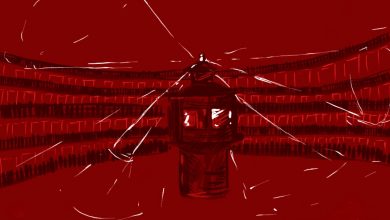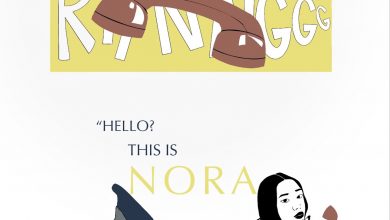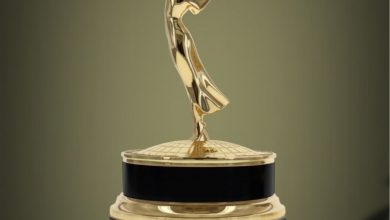The Horrors of the White Imagination: Cultural Appropriation in Horror Films

Image courtesy of ZK NIGHTMARES via YouTube. / CC BY-NC 2.0
Fall brings pumpkin flavored everything, the arguably best holiday, and of course: horror films. However, since both production and the content of films are overwhelmingly white, (and statistically most serial killers are too!), the norm for horror films is often racially homogeneous.
The whiteness of the film industry has created an exclusive environment that often mistreats characters of color, with a historically long list of films with problematic dialogue, cultural appropriation, and even overt racism. Therefore, it is not shocking that scary movies are often lacking characters of color, or kill them within the first act (statistically a Black person’s mortality rate in horror films is 45%). If people of color aren’t killed off in the films, they are often just nonexistent; films feature people of color’s cultures but not their persons.
Whenever magic is involved, say, Voodoo, First Nation burial grounds, or indigenous folk tales, these cultures are almost always used in order to further the power of the white characters. While white characters are allowed to use (and abuse) indigenous customs, the indigenous and African cultures they draw power from are demonized in the process of this white misappropriation.
The most famous killer doll in film, Chucky, is merely the result of a white serial killer practicing Voodoo and transferring his soul into that of a doll. Other films, like “Skeleton Key”, “White Zombie”, and countless other horror films associated with Voodoo/Hoodoo are practiced or appropriated by white killers seeking to enhance their power, while completely neglecting the people from the culture which the folklore was borrowed.
When considering characters like Chucky, or those in the film “Skeleton Key” (which deals heavily with White southerners who practice Hoodoo), it becomes alarming how frequent white characters are empowered by Voodoo practices– especially when considering the historical implications of European colonizers suppressing and demonizing African cultures. There are many different cultures that practice Voodoo and the like, but the practice seen in most horror films comes from African and Caribbean religious practices. Voodoo seen in pop culture is a bastardization of this religious and cultural artifact derived from African diaspora, and horror films only continue to perpetuate falsities and misappropriate ancient traditions.
Indigenous American folklore is subject to the similar treatment in horror films: their culture makes for an interesting plot centered around white characters but almost always lacks either an accurate representation of said culture, or has non-existent indigenous representation. In one of the most famous Stephen King novels-turned-film, “Pet Sematary”, the entire plot centers around resurrection via “Indian burial ground”. Many stories, notably white stories, center around this trope, and only furthers age-old colonist views of Native American culture.
In the many instances when this cultural landmark is used as a plot device, it often paints Indigenous practices as “evil” or “unnatural”, not unlike how colonizers viewed Indigenous populus when landing in their country. The continual usage of African and Indigenous cultures for cheap thrills, undead resurrection, or inhuman savagery, only perpetuates the colonial mindset of these cultures being frozen in the same place they were hundreds of years ago. European culture is allowed to evolve over time in these narratives, but First Nations and African cultures are still viewed through this Western context in the same way they were in the 18th century.
The phrase “post-colonial” is a bit of a reduction, because it implies that colonialism is a thing of the past. The effects of colonialism still reverberate in these communities, and these often cheap B-horror films continue to perpetuate through a Eurocentric lens the same tropes that have existed for hundreds of years.




